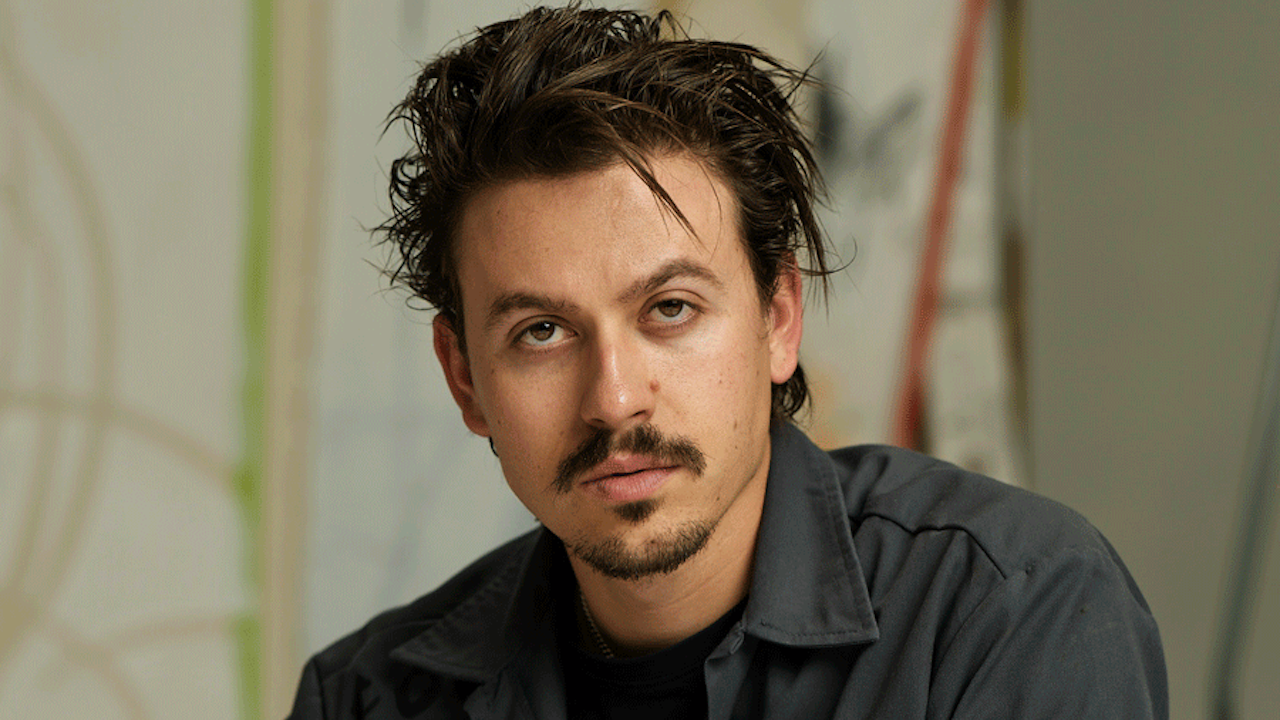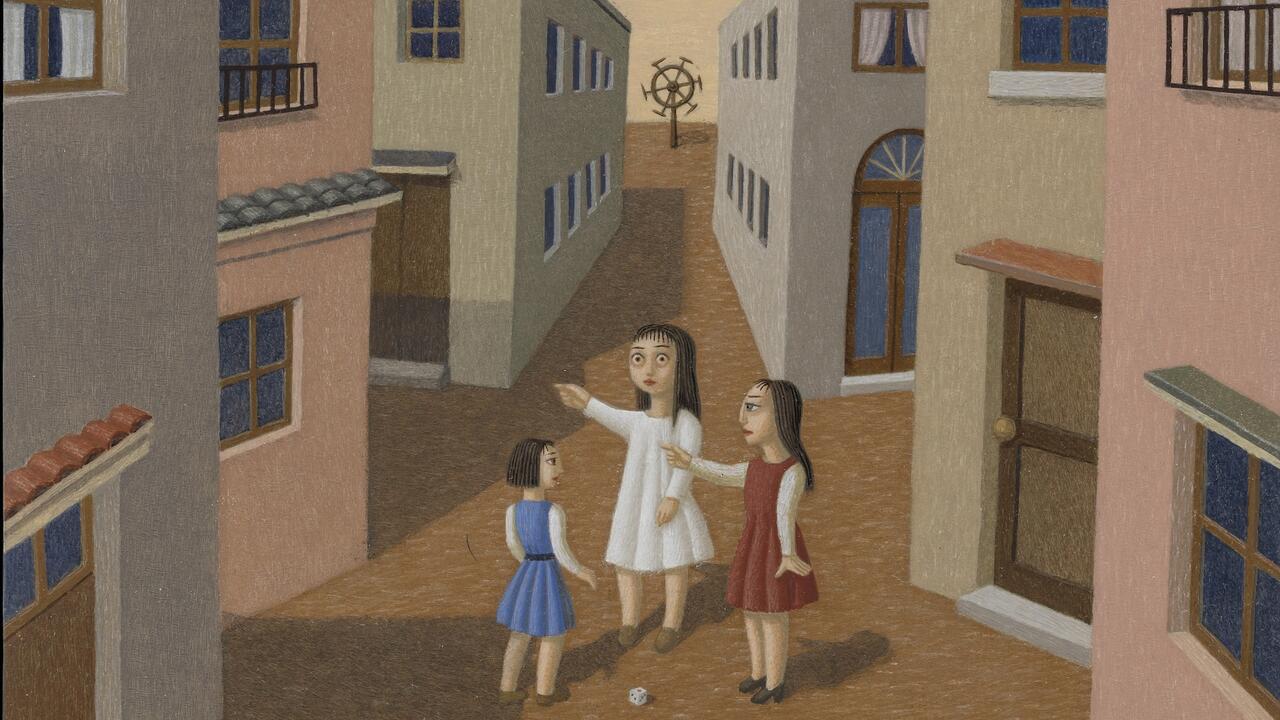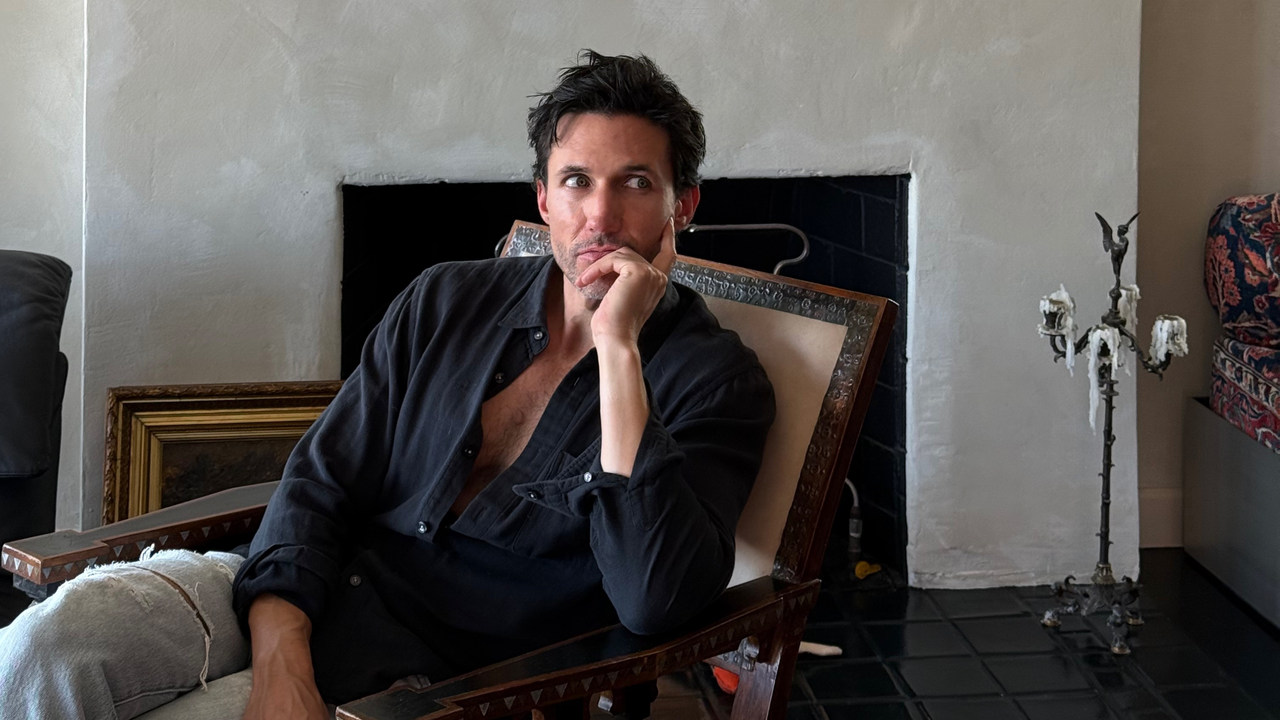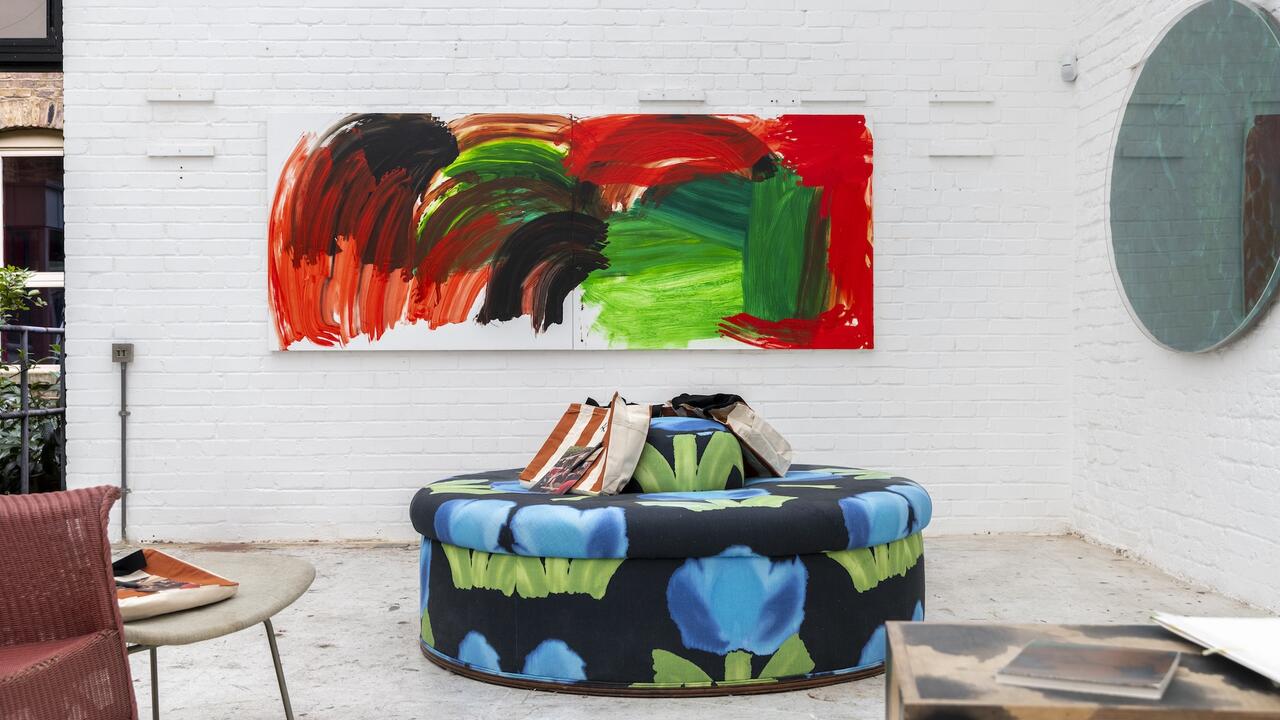The Model
In his centenary year, two retrospectives celebrate the German architect Paul Schneider-Esleben
In his centenary year, two retrospectives celebrate the German architect Paul Schneider-Esleben

Two current retrospectives, in Munich and Düsseldorf, offer the chance to discover the work of German architect Paul Schneider-Esleben, who would have turned 100 in August. Despite the fact that he designed the busy Cologne/Bonn Airport, as well as chairs sat on by generations of German schoolchildren, he’s not a household name even in his homeland. So, who actually was ‘P.S.E.’, as he’s often known?
The Nazis removed Bauhaus and international modernism from the school curriculum, so it was only in 1940, when Schneider-Esleben was called up to serve in the German air force at the age of 25, that, through a colleague well-informed about modernist architecture, he came into contact with the ideas of Martin Gropius and Ludwig Mies van der Rohe. The two architects were to remain his role models for the rest of his life. Born in 1915 and raised in a bourgeois, conservative Catholic family, Schneider Esleben deliberately distanced himself as a young man from his father, Franz, who was an architect and cultural commissioner, by focusing on making jewellery: a craft that he continued to practice decades later, after he’d become a successful architect.
Even though he came to it late, Schneider-Esleben became an enthusiastic proponent of architecture’s international style, developing a particular attachment to the notion of transparency. When, in 1953, he completed his first major commission, a four-storey car park – the Haniel Garage in Düsseldorf – Schneider-Esleben was asked about ‘the missing cladding’ by his client. The architect replied that the building, with its fully glassed facade, was already finished. The bewildered client (unwittingly encapsulating the zeitgeist of West Germany’s ‘economic miracle’) is reported to have said: ‘Well, if that’s the fashion nowadays, so be it.’ Nonetheless, a car park designed to hold super-sized American cars, housed in a glass box, was something very new to the recently founded Federal Republic – the measure of all things was not the human being but the car, as is often still the case today. (Now a listed building, the Haniel Garage remains in use.)
As well as designing buildings, Schneider-Esleben created furniture, collaborating with firms including Casala, Flötotto, Hans Kaufeld, Kusch+Co, Soennecken, Thonet and Wilde+Spieth. This work encompassed modular office furniture, early ergonomic chairs and heavy leather armchairs for executive offices, all fluently designed to express a single formal idiom – overall compositions of the kind that Le Corbusier and Mies van der Rohe had considered a distinguished achievement in architecture.
Many of Schneider-Esleben’s commissions resulted from competitions: from the mid-to-late 1950s, his winning designs were realized for a residential block in Berlin’s Hansa district, and for the Mannesmann Tower and Rolandstrasse Primary School in Düsseldorf, for which he also designed a collection of furniture, produced by Flötotto. For generations of former pupils of West German schools, these iconic pieces would instantly recall their childhood: teachers came and went but, for decades, the design of these chairs didn’t change.
Schneider-Esleben not only maintained links with important industry tycoons but also with notable figures on the German visual arts scene, including Joseph Beuys, the informel sculptor Norbert Kricke and ZERO group members Heinz Mack, Otto Piene and Günther Uecker, helping them to secure commissions for public art projects. The abstract, minimalist aesthetic of ZERO also clearly influenced Schneider-Esleben’s jewellery: as with his architectural designs, here he attempted to distil the essential quality of a material, but in silver and gold rather than steel and glass. Working with the goldsmith Friedrich Becker, he created bracelets, brooches, earrings, rings and necklaces – all one-off gifts for his wife, lovers, daughters, secretaries and female clients. In 1998, at the age of 83, Schneider-Esleben left his wife, Evamaria van Diemen-Meyerhof (a half-Jewish writer whom he had married in 1946 against the will of his father, who remained a loyal Nazi), for a female client 27 years his junior with whom he lived in Bavaria and Provence until his death in 2005.
In 1987, when asked for his views about the preservation of his projects from the 1950s and ’60s, Schneider-Esleben replied that buildings are like children: eventually, they go their own way. As did his actual children. In 1979, his daughter Claudia Schneider-Esleben established Germany’s first design gallery, LUX Neonlicht (renamed Möbel perdu in 1983). And, in 1970, his son Florian Schneider founded Kraftwerk, the band that set itself the task of writing the electronic soundtrack to industry and progress.






















